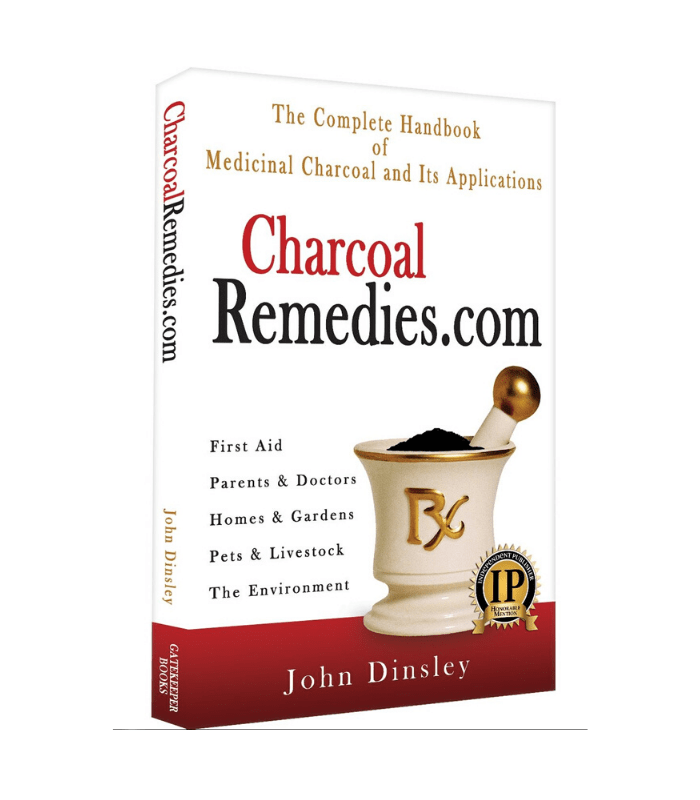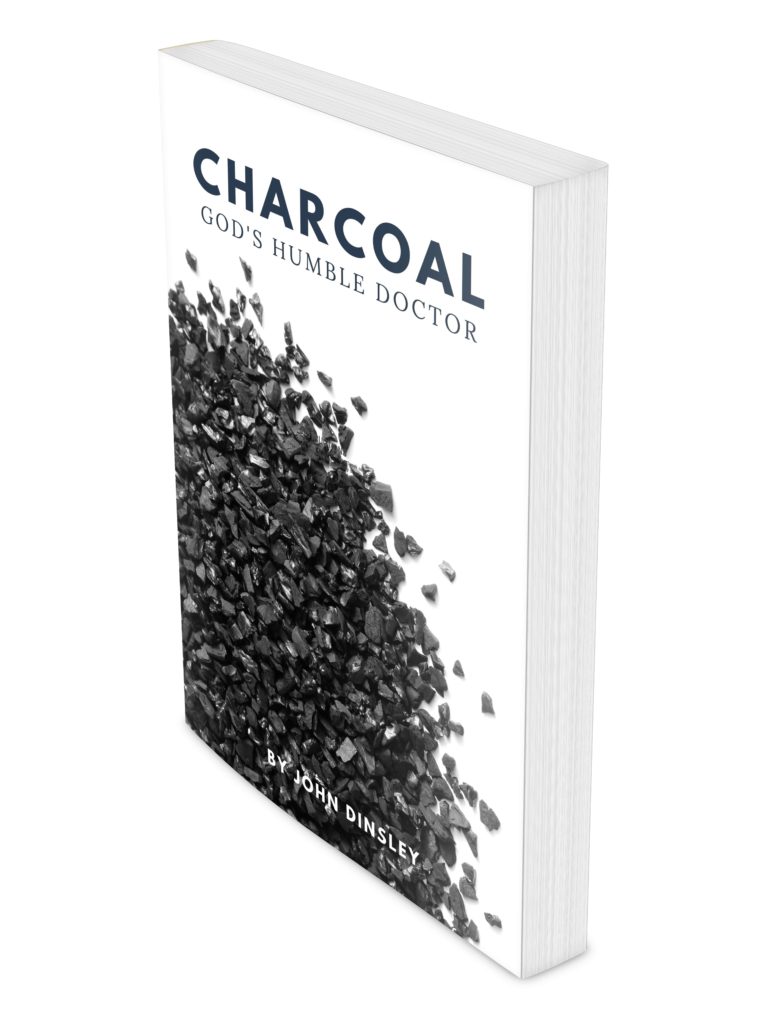Charcoal News—NEW & OLD

Estrogen in Wastewater
Abstract
Wastewater treatment plants have well developed methods for removal of nutrients and organic material in wastewater. There are however no general methods used for removal of substances like active pharmaceutical ingredients (API’s) or estrogens. As a result pharmaceutical residues are detected in effluent waters and recipients downstream wastewater treatment plants. This study is aimed to investigate the efficiency of powdered activated carbon (PAC) to remove API’s and estrogens in the biological treatment of wastewater.
The study was carried out as laboratory experiments with two sequence batch reactors scaled after the biological treatment of Källby wastewater treatment plant situated in Lund, Sweden. The reactors contained active sludge and synthetic wastewater. One reactor was used as an experiment reactor with PAC addition and the other was used as a control reactor. The results from the experiments showed that a PAC dose of 0.05 g/L removes both API’s and estrogens up to 100%. The removal of diclofenac increased with a 0.05 g/L PAC addition from approximately 7 to 100%, naproxen from 59 to 100%, and ketoprofen from 47 to 100%.
Clofibric acid was removed in the PAC reactor with 81 %; for the control reactor was the results unsecure. The estrogens ethinyl estradiol, estrone and estradiol were removed up to 100% in both control and PAC reactor. Carbamazepine could not be analyzed due to problems with the standard curve.
Antibiotics
WHO Director General gives grim prognosis of Antibiotic survival.
Margaret Chan, Director General of the World Health Organization (WHO), prophesies a doom and gloom era where injuries as common as a child’s scratched knee could kill, where patients entering hospitals will gamble with their lives, and where routine operations such as a hip replacement may become too dangerous to carry out.
There is a global crisis looming in the use of antibiotics. Rapidly evolving resistance among microbes responsible for common infections threaten to turn them into untreatable diseases, said Chan. Addressing a meeting of infectious disease experts in Copenhagen, Chan foresees a time when every antibiotic ever developed was at risk of becoming useless. “A post-antibiotic era means, in effect, an end to modern medicine as we know it. Things as common as strep throat or a child’s scratched knee could once again kill.”
She continued: “Antimicrobial resistance is on the rise in Europe, and elsewhere in the world. We are losing our first-line antimicrobials. “Replacement treatments are more costly, more toxic, need much longer durations of treatment, and may require treatment in intensive care units. “For patients infected with some drug-resistant pathogens, mortality has been shown to increase by around 50 per cent.
Britain has seen a 30% rise in cases of blood poisoning caused by E. coli bacteria between 2005 and 2009, from 18,000 to more than 25,000 cases. Those resistant to antibiotics have risen from 1% at the beginning of the century to 10%.
The most powerful antibiotics are carbapenems, which are used as a last line of defence for the treatment of resistant infections. In 2009, carbapenem-resistant K. pneumoniae, a bug present in the gut, were first detected in Greece but by the following year had spread to Italy, Austria, Cyprus and Hungary. The European Centre for Disease Control and Prevention reported that the percentage of carbapenem-resistant K. pneumoniae had doubled from 7% to 15%. An estimated 25,000 people die each year in the European Union from antibiotic-resistant bacterial infections.
Dr. Chan was speaking as the World Health Organisation launched The Evolving Threat of Antimicrobial Resistance: Options for Action, a book which warns that breakthrough treatments discovered in the last century for flu, tuberculosis, malaria and HIV may become ineffective in the coming years.
She called for action to restrict the use of antibiotics in food production and a crackdown on counterfeit medicines. “Worldwide, the fact that greater quantities of antibiotics are used in healthy animals than in unhealthy humans is a cause for great concern,” she said.
Discovering new medicines to treat resistant superbugs has proved increasingly difficult and costly, as they are taken only for a short period and the commercial returns are low. Dr Chan continued: “In terms of new replacement antibiotics, the pipeline is virtually dry. The cupboard is nearly bare.
“At a time of multiple calamities in the world, we cannot allow the loss of essential antimicrobials, essential cures for many millions of people, to become the next global crisis,” she said.
THE INDEPENDENT Friday 16 March 2012
Charcoal—antibacterial, antifungal, antiviral.
One wonders if Dr Chan (and most other health professionals) knows that charcoal is a powerful antimicrobial. It adsorbs numerous toxins produced by microbes that trigger a host of disease reactions. Charcoal adsorbs E. coli and the E. coli endotoxin, as well as the toxins produced by Tetanus, Diptheria, and Hoof and Mouth…
See article on MRSA.
Old News—but very interesting
Pruritis—the medical term for ‘itch’ producing the desire to scratch. This condition can be brought on by a number of health conditions.
Lancet. 1980 Jul 12;2(8185):53-5.
Treatment of pruritus of cholestasis by plasma perfusion through USP-charcoal-coated glass beads.
Lauterburg BH, Taswell HF, Pineda AA, Dickson ER, Burgstaler EA, Carlson GL.
The accumulation of bile acids has been implicated in the pathogenesis of pruritus of cholestasis. To study the effect of bile-acid depletion on pruritus, 8 patients with chronic cholestasis and intractable pruritus which had not responded to cholestyramine and/or phenobarbitone underwent plasma perfusion through USP-charcoal-coated glass beads. During twenty-two perfusions, between 957 and 6100 ml of plasma were perfused through charcoal columns, resulting in the removal of 126-795 mumol of bile acids. The mean extraction of the perfused bile acids was 81%. After the perfusions, all patients had prompt relief of their pruritus, lasting from 24 h to 5 months. Although the clinical effect may be due to the removal of unidentified pruritogens other than bile acids, charcoal plasma perfusion may improve the quality of life of incapacitated patients with severe intractable pruritus of cholestasis.
PDR Health.com
Given that elevated serum bile acid levels are thought to play a role in cholestasis of pregnancy, activated charcoal was administered to women with this condition to see if it could decrease these levels. The women were given 50 grams (5 T) of the substance three times a day for eight days. By day eight, serum total bile acid concentrations were significantly reduced. Outcome of pregnancy was good. This preliminary study needs followup to see whether activated charcoal might be an option in the treatment of entrahepatic cholestasis of pregnancy.
Those who use activated charcoal for its possible cholesterol-lowering effect take 5 to 8 grams (1/2 to 1 T) two to three times daily.
Uremic pruritus
Nephron. 1995;70(2):193-6.
Oral activated charcoal in patients with uremic pruritus.
Giovannetti S, Barsotti G, Cupisti A, Dani L, Bandini S, Angelini D, Antonelli A, Salvadori M, Urti DA.
Institute of Clinical Medicine I, University of Pisa, Italy.
Twenty-three chronic uremic patients on maintenance hemodialysis and suffering from severe pruritus were treated with activated powdered charcoal (6 g daily p.o.). In 10 patients pruritus disappeared completely, and in 10 other patients a partial effect was observed. The favorable results persisted for several weeks after discontinuation of the treatment. Only 3 cases were totally unresponsive. No relevant undesirable side effects were observed with the exception of 1 case who showed treatment intolerance. It is concluded that activated charcoal per os is a safe, effective, and low-cost therapy for patients with uremic pruritus, but its mechanism of action is unknown.
(Activated charcoal, 6 g per day orally for pruritus of uremia.)
PMID: 7566302 [PubMed – indexed for MEDLINE]
Cutaneous manifestations of end-stage renal disease.
Robinson-Bostom L, DiGiovanna JJ.Journal of American Academy of Dermatology 2000;43:975-86.

John Dinsley
Born in British Columbia, Canada, John Dinsley has lived, and worked from South America to the North Pole, from Nova Scotia to Nepal. He is trained as a lifestyle counselor, teaches public health programs, home remedies workshops, and has operated a family care home. He and his wife Kimberly are the owners of Charcoal House LLC. They often travel together across the U.S. and internationally to conduct charcoal workshops. He is a carpenter by trade, has managed an organic market garden business, and volunteered in overseas development work. When he is not building, teaching or gardening, he enjoys writing.


